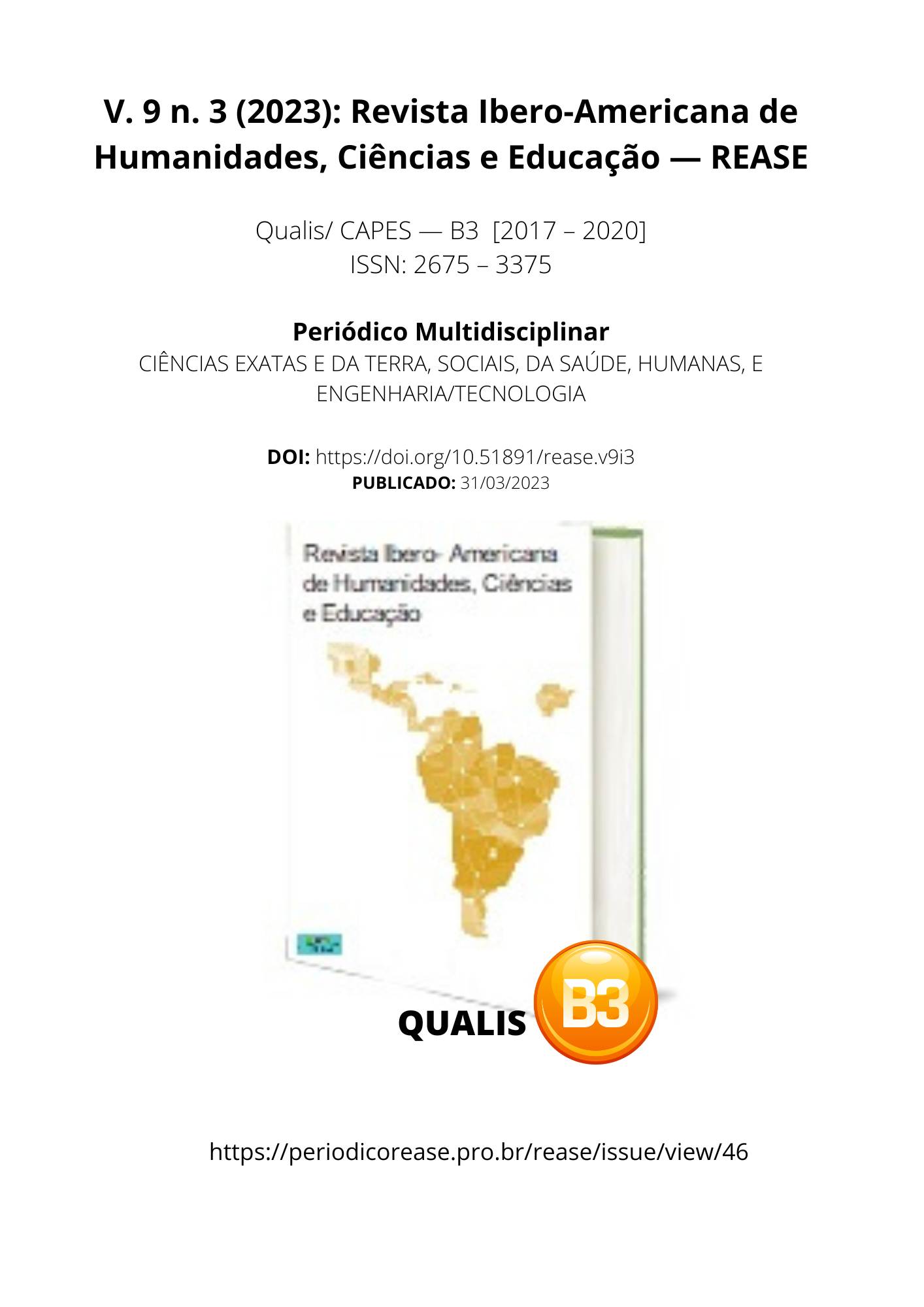RISK ANALYSIS OF THE INSTALLATION OF PROJECTS NEAR SUGAR WAREHOUSES
DOI:
https://doi.org/10.51891/rease.v9i3.8798Keywords:
Sugar warehouses. Public Policies. Population density.Abstract
This work presents a study of the risk of fire and explosion from sugar dust in warehouses. From the data analyzed, it is possible to determine that sugar is a solid fuel that, when on ignition, can cause an explosion in confined places or ignite. Mitigating measures, periodic and emergencies, must be taken, they are: (i) Removal of the dust; (ii) Control of the dust; (iii) Control of Ignition Sources and (iv) Maintenance. Although land use restrictions, it does not analyze the risks surrounding the warehouses, not covering the imminent risk of sugar. Brazilian legislation does not make it clear which standards should be followed for the prevention of explosion and fire of combustible solids. CETESB determines the use of any internationally recognized model and gives premises only for explosions of gases or liquid vapors. It is possible to determine that the samples analyzed do not behave as homogeneous data, varying their results according to the particle size mixed with air, but behave uniformly for the determination of ignition of the product. The existence of powders or dust is inherent in the process of these storage locations, which are liable to explosion. Therefore, moving warehouses away from areas bordering the land or installing physical barriers to protect neighborhood residents is necessary and emergency and it should be considered as a public policy. Finally, it appears that measures are needed to provide details for the implementation of protection against fires from solid particulate fuels and of their safety perimeters for different pressures involved to guarantee safety to the population bordering on warehouses.
Downloads
Downloads
Published
How to Cite
Issue
Section
Categories
License
Atribuição CC BY

